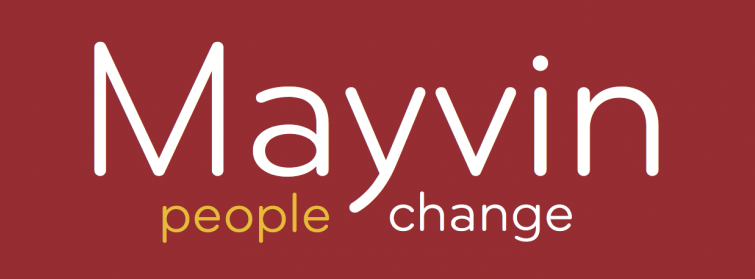How including informal systems in an organisation design project is the key to long term success
A few months ago I argued for consulting beyond the usual suspects when it comes to Organisation Design work. This time I’m encouraging broadening the scope of the design project to the 'informal system'.
When thinking about Organisation Design work, it can be useful to draw a distinction between the ‘formal’ and ‘informal’ aspects of an organisation. The formal organisation is tangible: it includes things like structures, systems, processes; strategy as well. The informal organisation is intangible: leadership, values and culture. Also, networks and politics. Experience and research both suggest that the informal system is generally the more powerful force. ‘Culture eats strategy for breakfast’ as the saying goes.
This leads to a curious and paradoxical truth: organisations tend to work (or not) in spite of their formal system rather than because of it. What does this mean for organisation design? Here are my top tips. You can find more in our Organisation Design resource sheet.
- Don’t be seduced into thinking that simply changing the formal system is enough. Think up-front about what culture and values you want people to live in the new design and build them into the way you manage your redesign project.
- Pay attention to what makes the organisation work in practice as well as in theory. Can you map the key networks and the politics? If not, make finding out a priority in the early stages of your design work. Involve in your thinking those who do know.
- If the formal system is like plumbing and wiring, the informal system is like an ecosystem. When you change the formal system, you disrupt the informal system too. The former can be re-engineered, but the latter needs time to grow. So, think about what you can do to support the growing process and find ways to deliberately foster the creation of new informal networks.
I am very aware that all of this involves more time and more resources. Sometimes this might be unacceptable politically or practically and ultimately a decision must be made about how to balance these opposing forces. Often it is a case of the ‘art of the possible’. But, particularly if the redesign is complex, tempting as it may be to stick to the formal system, consider that it is also a case of ‘pay now or pay later with interest’.

